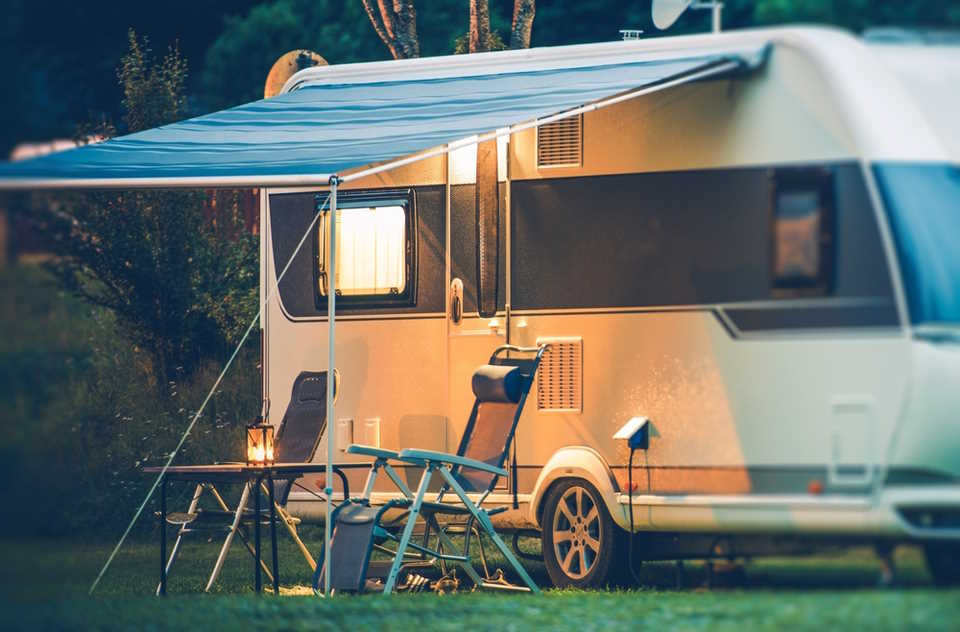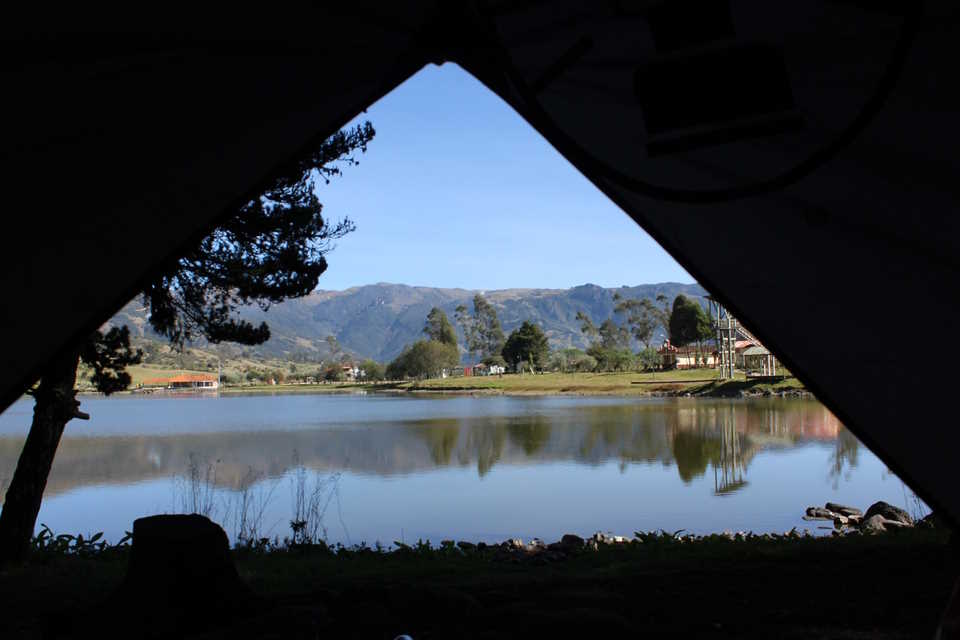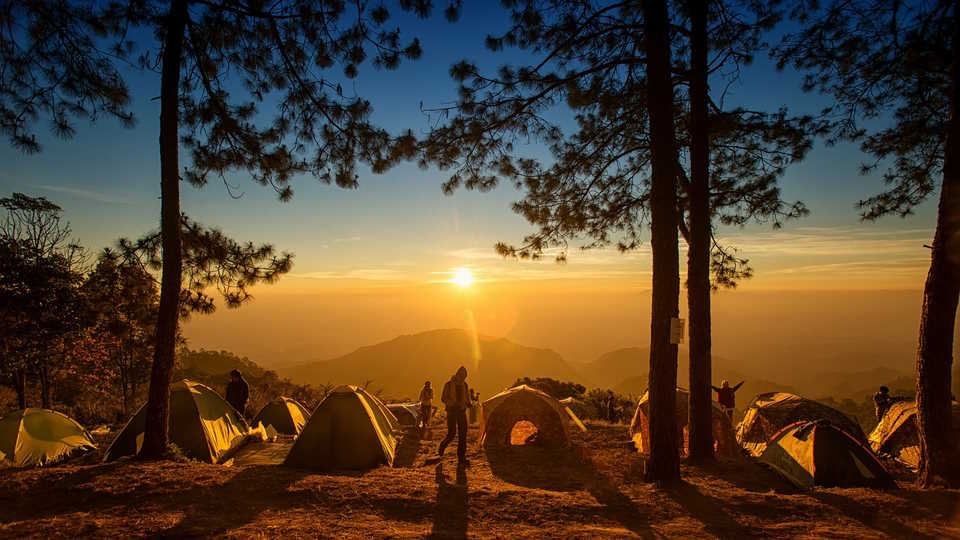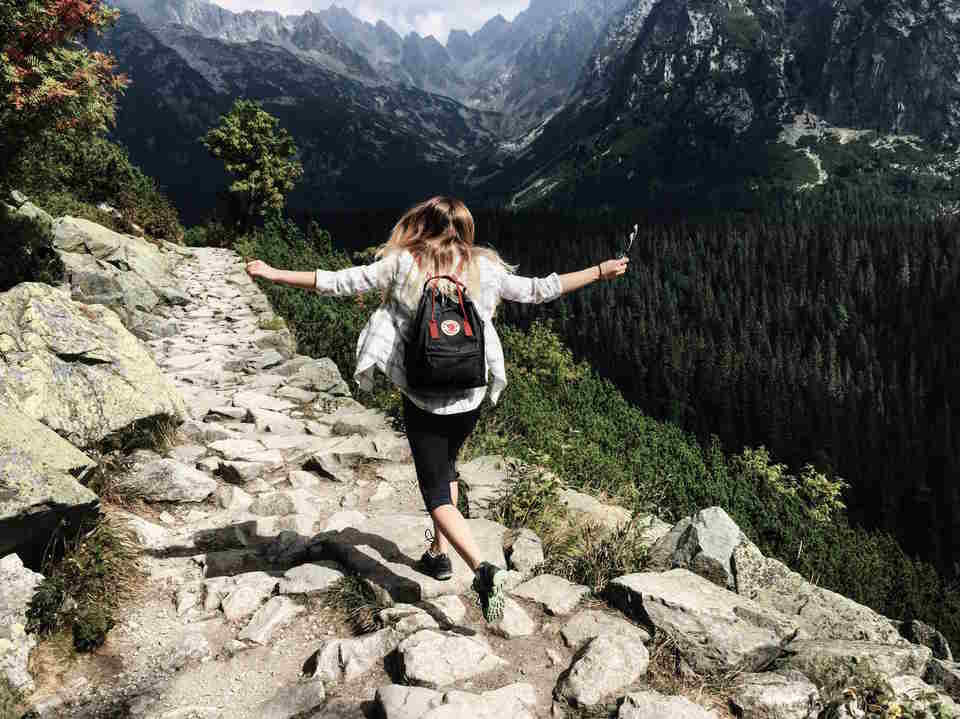Welcome, fellow adventurers! Are you curious about the concept of dry camping? If so, you’ve come to the right place. We will delve into the fascinating world of dry camping, explaining what it is, how it got its name, and how you can partake in this unique camping experience. Additionally, we’ll also discuss the concept of a dry site and what it entails. So, let’s kickstart this adventure and uncover the wonders of dry camping together!
Introduction

Dry camping, also known as boondocking, is a type of camping in which individuals or groups camp without any access to amenities such as water, electricity, or sewer hookups. It involves camping in remote areas that are typically away from traditional campgrounds or RV parks. Dry camping allows outdoor enthusiasts to experience a more primitive form of camping, relying on self-sufficiency and enjoying the natural surroundings without the conveniences of modern facilities.
Dry camping gets its name from the lack of water and other amenities that are usually provided at designated camping areas. Instead of relying on these resources, campers must come fully prepared with their own supplies. This includes carrying enough water for drinking, cooking, and cleaning, as well as ensuring they have enough power to run necessary equipment, such as lights and cooking appliances. The challenge of dry camping lies in being able to sustain oneself without the usual comforts provided by established campgrounds.
So, how do you dry camp? It requires careful planning and preparation. First and foremost, it’s essential to choose a suitable location for dry camping. This could be on public lands, such as national forests or Bureau of Land Management (BLM) areas, or private lands with the owner’s permission. It’s crucial to research and familiarize yourself with the regulations and restrictions of the chosen area, as some locations may have specific rules regarding camping and fire use.
Why Is It Called Dry Camping?

Dry camping, also known as boondocking, is a popular term used among outdoor enthusiasts and campers. But have you ever wondered why it is called “dry” camping? The name might be a bit misleading at first, as it doesn’t necessarily imply a lack of water. In fact, the term refers to camping without any hookups to water, electricity, or sewer facilities. It essentially means relying solely on your own resources and being self-sufficient during your camping adventure.
When you embark on a dry camping trip, you leave behind the conveniences of modern life and embrace a more rustic and minimalist approach. This type of camping allows you to disconnect from the hustle and bustle of everyday life and reconnect with nature. Whether it’s pitching a tent in a remote wilderness area or parking your RV in a secluded spot, dry camping offers a unique experience that brings you closer to the great outdoors.
Now, you may wonder why this style of camping is called “dry.” The origin of the term can be traced back to the early days of camping, when most campsites provided amenities such as water, electricity, and sewer hookups. These sites were often referred to as “wet” campsites, as campers had easy access to these essential utilities.
How Do You Dry Camp?

Dry camping, also known as boondocking, is a type of camping where individuals or families park their recreational vehicles (RVs) in remote areas without any access to electric, water, or sewer hookups. It involves camping off-grid, away from developed campgrounds and amenities. Dry camping is a popular choice for adventurers who prefer a more rustic and self-sufficient camping experience.
Dry camping got its name from the lack of essential amenities such as water and electricity. Instead of relying on campground facilities, dry campers must be prepared to provide their own power, water, and waste solutions. This self-sufficiency gives campers the freedom to explore and stay in beautiful, undisturbed locations that are not always accessible in traditional campgrounds.
So, how do you dry camp? The first step is to ensure your RV is equipped with the necessary supplies. Investing in solar panels or a generator can provide the power needed to run appliances and charge devices. Stocking up on freshwater, either in large jugs or portable water tanks, is essential for cooking, drinking, and cleaning. As for waste disposal, having a portable holding tank or knowing the nearest dump station is crucial to maintain cleanliness and environmental responsibility.

- Research and Planning: Before embarking on a dry camping adventure, research and plan your trip accordingly. Identify suitable locations that allow boondocking and check any regulations or permits required. Additionally, take note of the weather conditions and any potential hazards in the area to ensure a safe and enjoyable experience.
- Water Management: Since there are no water hookups available, conserving water becomes crucial during dry camping. Consider installing low-flow faucets and showerheads in your RV to minimize water usage. Bring extra jugs or water containers to store freshwater and utilize it wisely throughout your stay. Don’t forget to pack water purification methods in case you need to replenish your water supply from natural sources.
- Power Generation: Having a reliable power source is essential for dry camping. Solar panels can be a sustainable and efficient option for generating electricity, especially in areas with abundant sunlight. If solar panels are not feasible, consider investing in a generator that runs on fuel to power your RV’s appliances and charge batteries. Remember to minimize power consumption by using LED lights and turning off unnecessary devices when not in use.
Dry camping provides a unique opportunity for campers to reconnect with nature and escape the constraints of civilization, but it requires careful planning and preparation. By understanding the basics of dry camping and implementing sustainable practices, you can fully enjoy the freedom and serenity that this camping style offers.
What Is a Dry Site?
A dry site refers to a camping area that does not have access to water or any other amenities such as electricity or sewer hookups. It is essentially a primitive camping experience where campers rely on their own resources and skills to meet their needs. Dry sites are typically found in remote or wilderness areas, away from developed campgrounds. While dry camping is not for everyone, it can provide a unique and immersive outdoor experience for those seeking a more rugged and self-sufficient adventure.
Dry sites are often sought after by outdoor enthusiasts who enjoy the challenge and freedom of being able to camp in more secluded areas. These sites allow campers to get away from the hustle and bustle of modern life and truly immerse themselves in nature. However, it’s essential to be prepared when camping at a dry site, as there won’t be any amenities readily available.
When camping at a dry site, it’s crucial to bring your own water supply, as there won’t be access to clean drinking water. This means packing enough water for drinking, cooking, and cleaning purposes. Additionally, campers need to have a way to dispose of any waste properly. This often involves bringing portable toilets or using designated pit toilets if available.

- Planning Ahead: Before embarking on a dry camping trip, it’s important to plan ahead and research the area you will be visiting. Make sure to check if a permit is required and if there are any specific regulations or restrictions for dry camping in the chosen location.
- Pack the Essentials: As mentioned earlier, water is the most critical resource to bring when dry camping. Pack enough water for the duration of your trip, plus a little extra in case of emergencies. Additionally, bring food, cooking utensils, camping gear, and any other items you may need during your stay.
- Conserving Resources: Since you won’t have access to unlimited water or electricity at a dry site, it’s crucial to be mindful of resource conservation. Use water sparingly, and consider using alternatives such as biodegradable soap to minimize environmental impact. Utilize solar panels or portable generators if electricity is necessary.
Overall, dry sites provide a unique camping experience, allowing individuals to disconnect from the modern world and connect with nature in a more self-sufficient manner. It’s essential to plan and prepare adequately for a dry camping trip to ensure a safe and enjoyable adventure. Remember to pack plenty of water, conserve resources, and leave no trace behind by following responsible camping practices.




